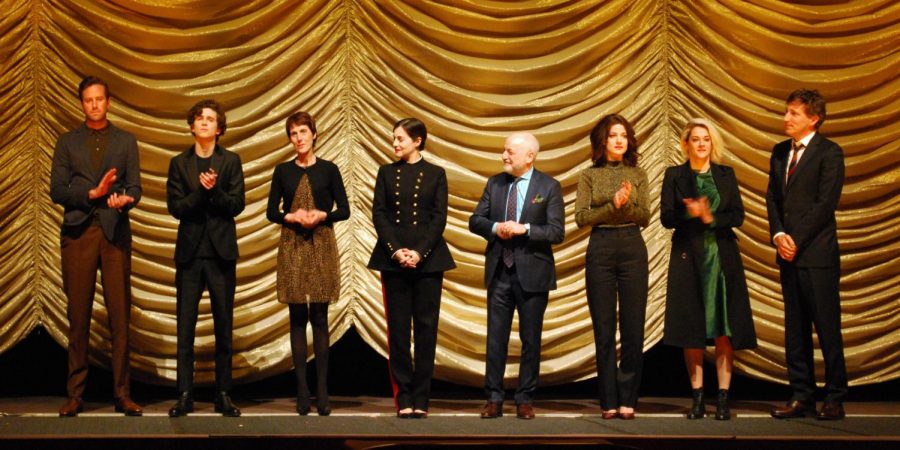[ot-caption title=”Fully immersive hand recognition and virtual reality experience. (via Wikimedia Commons/Maurizio Pesce)”]
Since the launch of the Kickstarter campaign for a new, true form of virtual reality by now Oculus founder Palmer Luckey, a great deal of interest has surrounded the novel technology. Much of this intrigue surrounds the otherworldly nature of the platform, and while virtual reality (VR) presently captures the gaming market, there is potential for incredible innovation in the field.[spacer height=”20px”]
Facebook owned Oculus, HTC, Sony’s PlayStation, and Valve have all made contributions to the fledgling field with Oculus and HTC having their own devices already available to consumers. The current difficulty is the limited audience for the devices, as specifications for most VR headsets require powerful computer rigs to make them function. In addition, the titles of fully developed games for VR remain meager with uncertainty as to the standard being a key issue.[spacer height=”20px”]
However, even with these challenges, the experience afforded by such devices is unrivaled and truly awe-inspiring. Whole worlds are rendered before the user’s eyes and immerse the user unlike any technology to date. These headsets also allow for exhibitions and explorations of foreign places that can have great utility in the future. From investigations at the bottom of a coral reef to piloting a space ship, there are marvels that come with these devices that can have real value for training purposes.[spacer height=”20px”]
Eventually, similar technologies like augmented reality (AR), being presented in their early stages by companies like Microsoft with its Hololens, demonstrate how this headset model can be adapted and expanded to new areas. In culmination, the future looks incredibly promising and exciting, as the world before us can be “augmented” by layers of software, constructing life-like images that are non-existent but appear as such.[spacer height=”20px”]
What makes these virtual worlds even more tantalizing are the advancements with the interaction with the experiences themselves: investments into controllers and computer vision give a glimpse into how users will be able to interact with virtual reality in the future. Adding a Leap Motion device to the headset of a Razer OSVR headset (as pictured above) enables a user to see, for example, the world of Star Wars as well as the user’s own hands as recognized by the Leap Motion. This leads to unimaginable possibilities for the future, and ultimately, the small window into the future that we see today with VR and AR is only a drop in the bucket of what’s to come. For now, we are very much at the commencement of being able to feel like we are in a galaxy far, far away, thanks to VR headsets.[spacer height=”20px”]
Sources: The Guardian, Wired Photo Source: Wikimedia Commons
































![Stranger Things 4: What to Expect [Warning: Contains Spoilers]](https://pcpawprint.com/wp-content/uploads/2021/11/StrangerThings4-900x473.jpeg)


































































